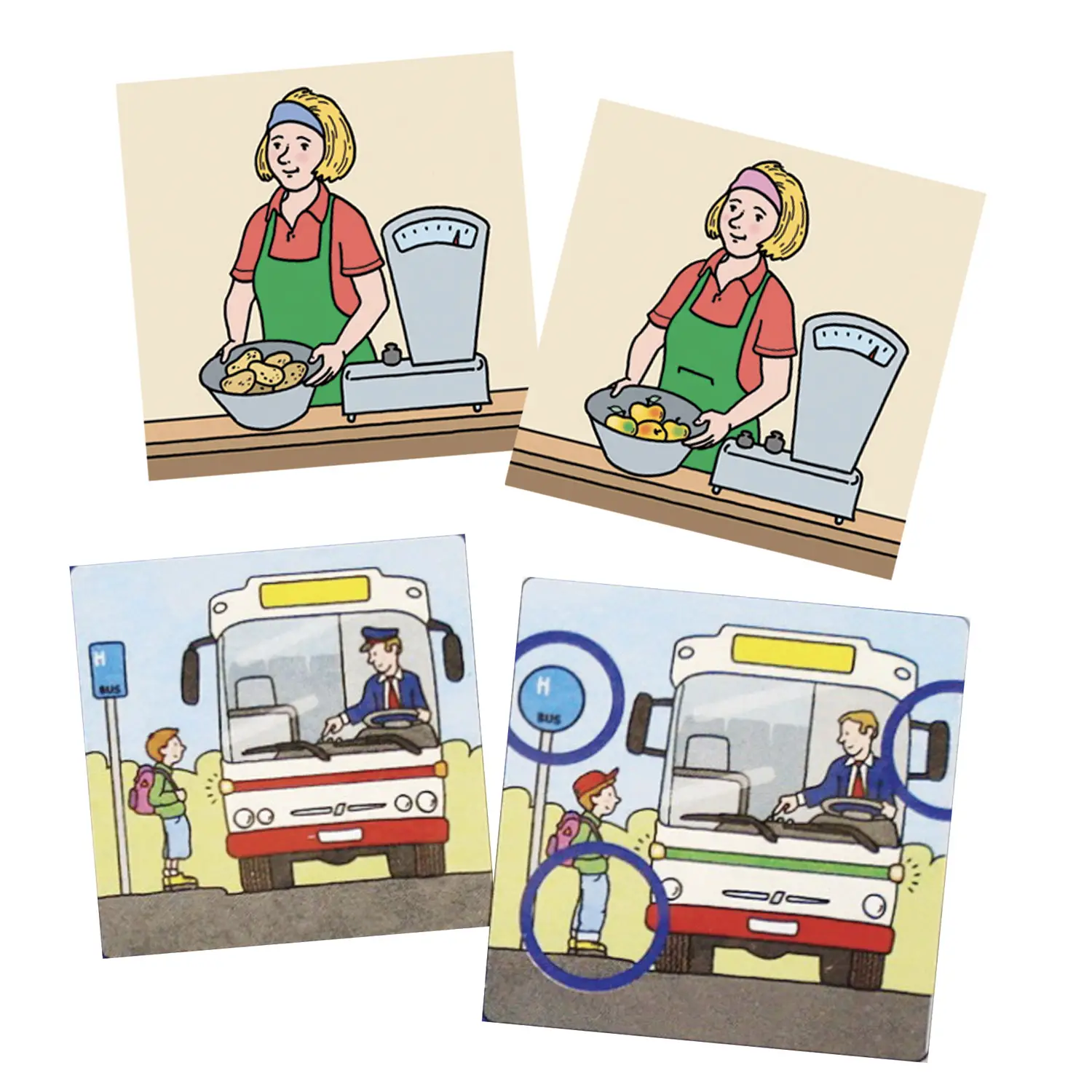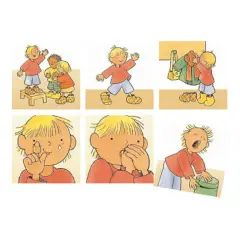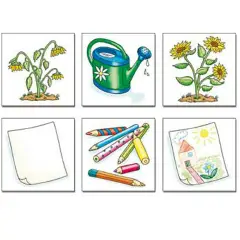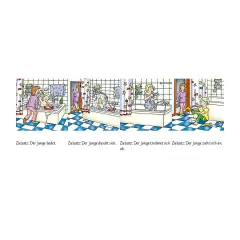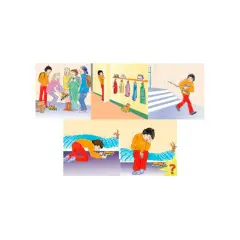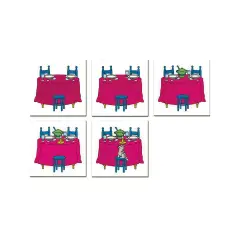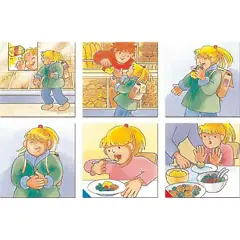Trova le Differenze 2 – Gioco Educativo di Osservazione
PRODUCT CODE: 4184
EAN: 9783039763436
Look it up in the nursery and early childhood catalog
Look it up in the primary and secondary catalog
Look it up in the primary and secondary catalog
- ✅ Enhances attention and concentration with illustrated scenes full of details to discover.
- ✅ Includes 30 pairs of cards with different scenarios and 17 additional cards for extra challenges and game variations.
- ✅ Stimulates visual memory and hand-eye coordination by looking for variations between two images.
- ✅ Suitable for all ages: customizable difficulty levels and instructions to keep the game fresh.
- ✅ Perfect for group activities, school or individual use; promotes patience, observation and reasoning.
Full description
Trova le Differenze 2 – Gioco Educativo di Osservazione
Trova le Differenze 2 è un gioco divertente e stimolante che sviluppa attenzione, memoria visiva e capacità di osservazione nei bambini attraverso coppie di scene illustrate con dettagli nascosti da scoprire.
Main features:
- 30 coppie di carte illustrate con scene varie, dal quotidiano al fantastico.
- 17 carte gioco aggiuntive per sfide extra e varianti di gioco.
- Illustrazioni ricche e dettagliate che stimolano l’immaginazione.
- Adatto a bambini di diverse età e livelli di abilità, con possibilità di adattare la difficoltà.
Educational Goals:
- Concentrazione e attenzione visiva: osservare attentamente le scene per individuare le differenze.
- Memoria visiva: ricordare i dettagli di una scena per confrontarla con l’altra.
- Coordinazione occhio-mano: indicare o segnare le differenze individuate.
- Pazienza e perseveranza: alcune differenze sono sottili e richiedono attenzione e metodo.
Come si Gioca:
- Scegli una coppia di carte.
- Individua tutte le differenze tra le due scene.
- Segnala le differenze secondo le regole scelte (indicando, cerchiando o elencando).
- Adatta la difficoltà regolando il tempo o scegliendo carte più o meno complesse.
Trova le Differenze 2 è perfetto per uso in classe, a casa o in gruppo, unendo divertimento e apprendimento per sviluppare abilità cognitive fondamentali nei bambini.

